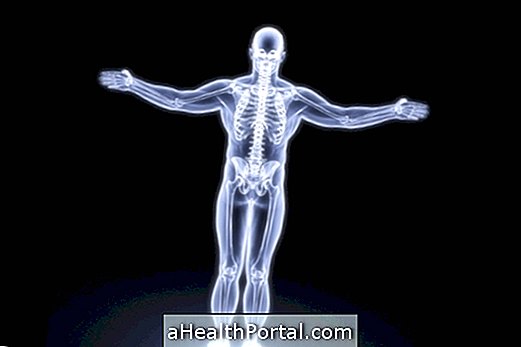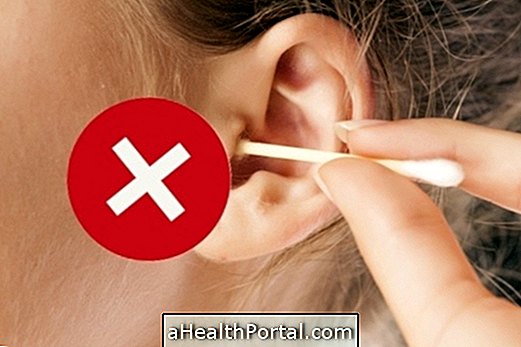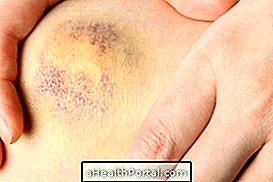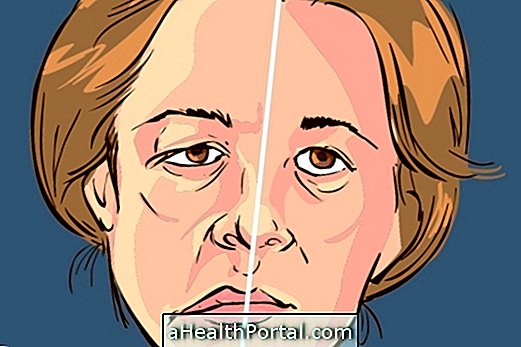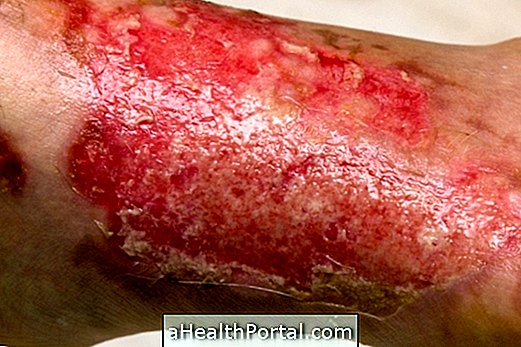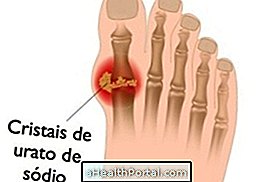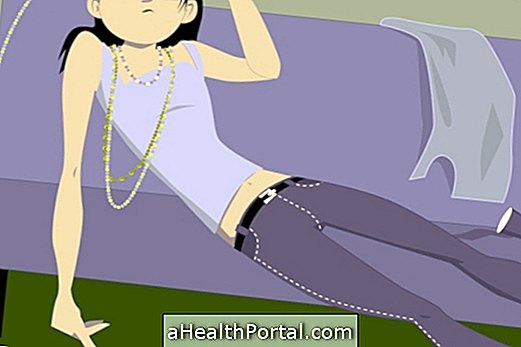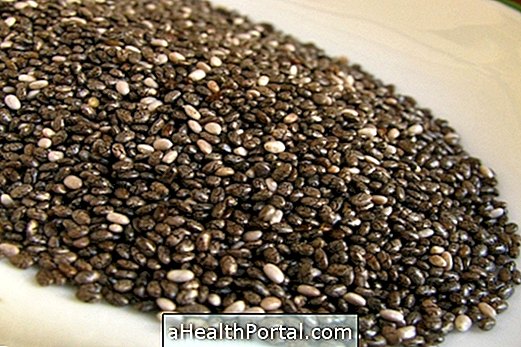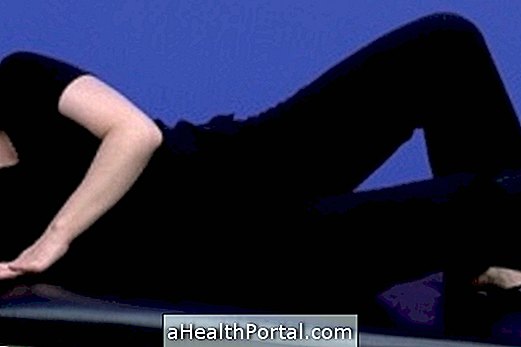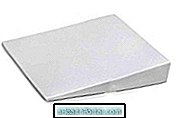Dorsal kyphosis is a change in the spine, which causes the back to be in a "hunchback" position, and usually has the neck, shoulders and head bent forward.
Generally, kyphosis occurs to compensate for lordosis and, in some cases, cervical kyphosis, is accompanied by scoliosis, which are also changes in the spine.
This alteration in the spine can occur due to poor day-to-day posture and and lack of physical conditioning, and is common in young people or in the elderly due to changes such as arthritis and osteoporosis, for example.
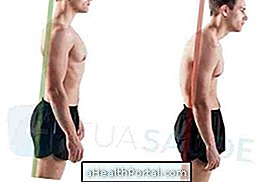

Usually, hyperkinesis can be seen with the naked eye, however, some structural changes can only be seen on an X-ray examination and magnetic resonance imaging, for example.
Cifose has a cure
Kyphosis has a cure and can be achieved by surgery to the spine to place the vertebrae aligned, and surgery is indicated in cases of neurological symptoms or persistent pain as in Scheuermann's kyphosis.
In addition, the use of orthopedic mattresses, vests and posture insoles help and are beneficial for treatment outcomes. Read more in: How to treat kyphosis.
Exercises for kyphosis
A good exercise for kyphosis is swimming or water aerobics as it helps strengthen the muscles of the back and improves physical fitness.
In addition, if kyphosis is postural the treatment should be done through physical therapy exercises performed with the help of a physiotherapist. In these cases, physical therapy sessions and the practice of general positional reeducation, which is a physiotherapy technique, help to change the positioning of muscles throughout the body, strengthening them and helping to improve posture.
However, in the case of postural kyphosis, the best way to prevent kyphosis is to maintain a correct posture in day-to-day situations. Here are some exercises to improve posture.
Scheuermann's kyphosis
Scheuermann's kyphosis is a disease that compromises the growth of the vertebral column, compromising a larger number of vertebrae than in other types of kyphosis.
It usually occurs in adolescents being more common in boys and, disappears after bone maturity. This disease causes a severe deformity of the curvature of the thoracic and lumbar spine at the same time, damaging the respiratory function and pains that worsen with the physical effort.
Sheuermann kyphosis can cause severe aesthetic changes due to decreased intervertebral spaces, shortening of the pectoral muscles, legs and hips.
The deformity has rigidity, and surgery for treatment is indicated in order to avoid neurological impairment or more severe aesthetic alterations. The surgery can be used to restore the curvature of the spine with the use of instruments of their own but these can cause complications such as infection, neurological and vascular injury.
See too:
- How to treat kyphosis
- Exercises to correct kyphosis
